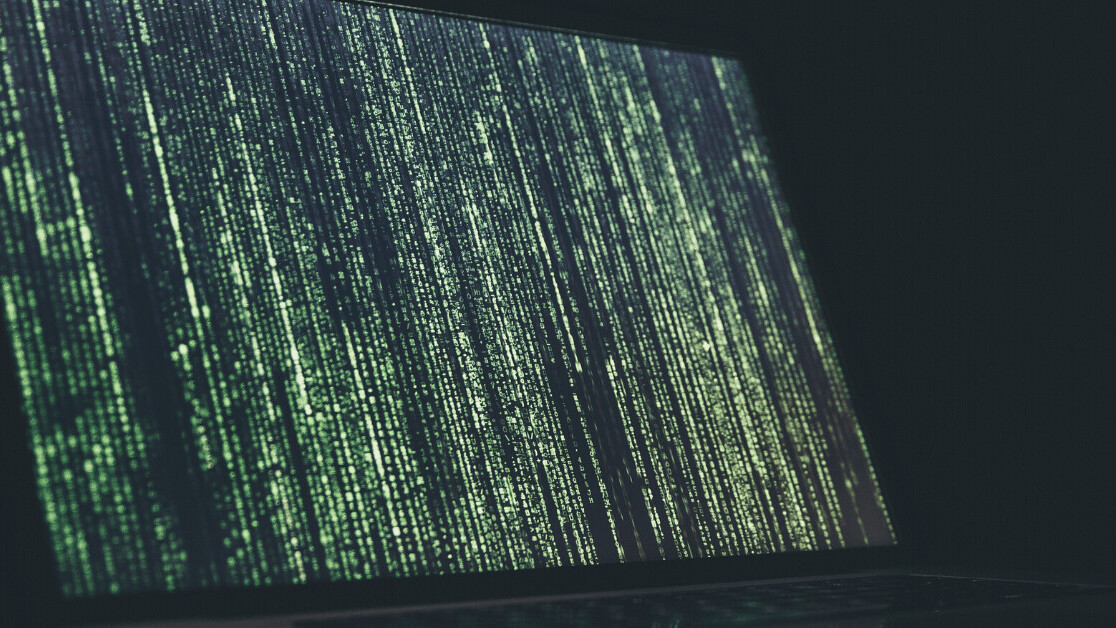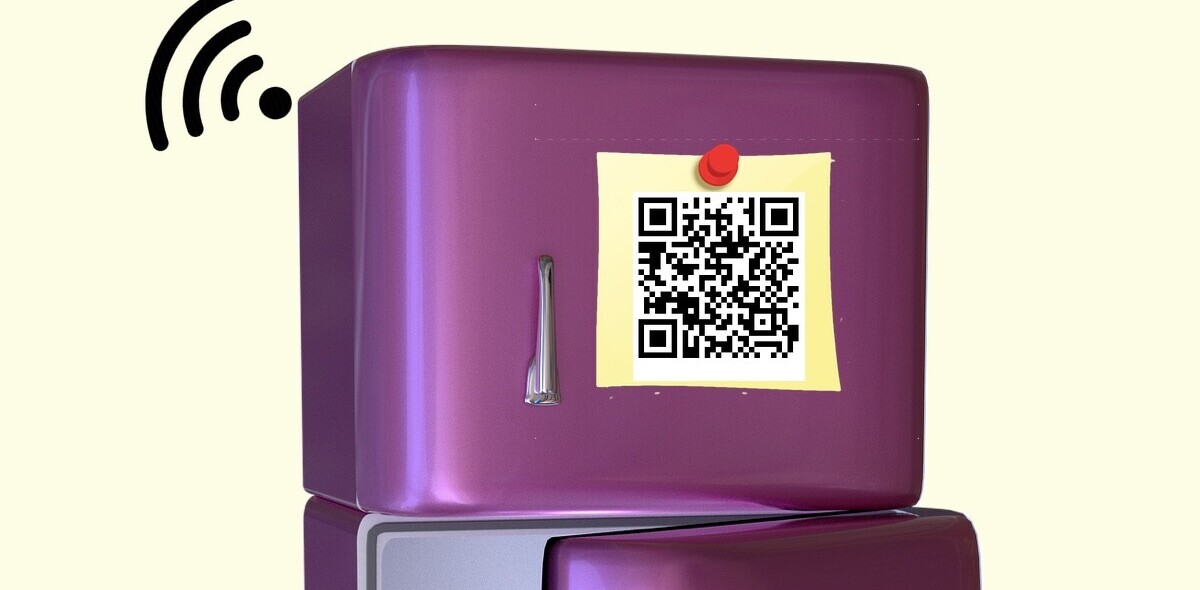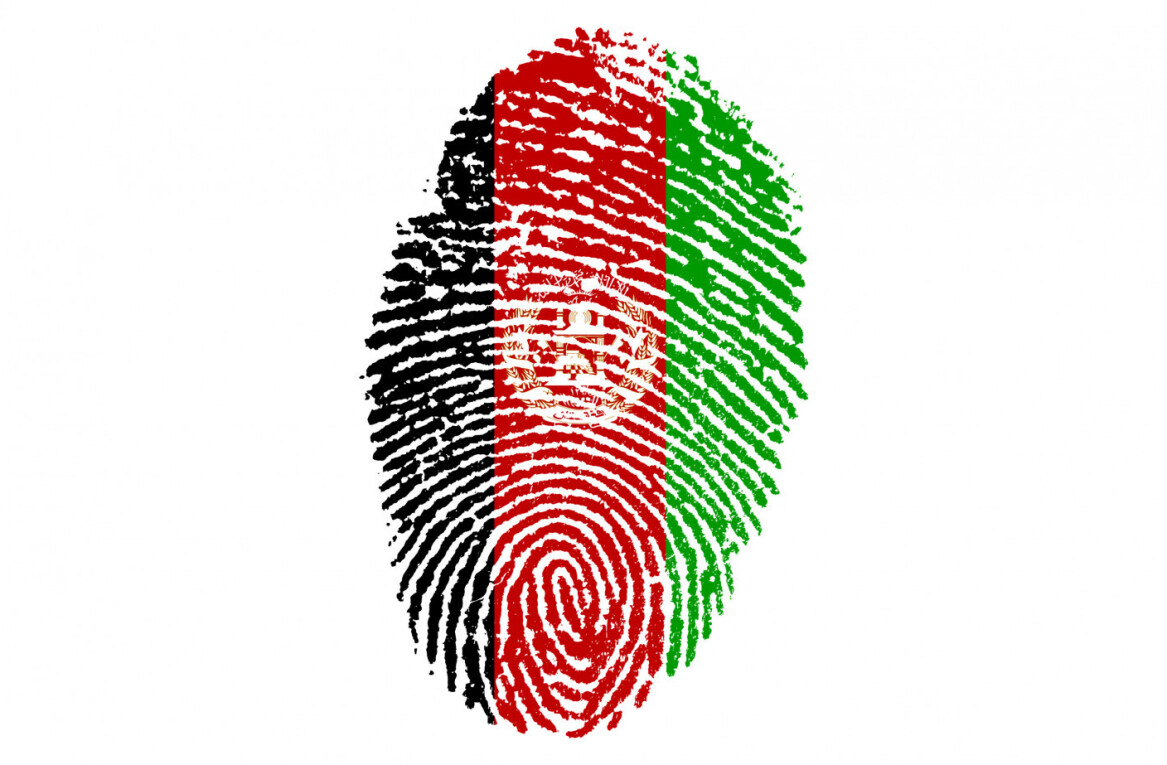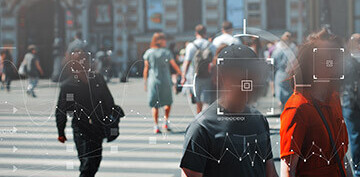
According to Forbes, business leaders from a variety of industries have joined forces to face one unexpected enemy. That enemy? Log-ins and passwords. The group includes such giants as PayPal, Amazon, Visa, MasterCard, and Aetna. The unnamed members of the group are the millions of people who throw their “password” book across the room because none of the listed log-ins and passwords ever seem to work.
We are all united in our hatred of log-ins and passwords, but what is the alternative? There has to be some way to combat fraud. There has to be a way to protect our accounts.
This aforementioned group, called the Fast Identity Online Alliance, wants to use the sensors inside smartphones to utilize “facial recognition, fingerprint scans, voiceprints, and physical security keys” instead of easily phished passwords. They want to use biometric authentication to identify customers.
Why is biometric authentication growing in popularity?
Recent events have taught us how important it is for companies to have a robust online presence. People don’t visit brick and mortar institutions to borrow money, purchase cars, or take out student loans. They do it all online, either out of necessity or convenience.
Even though biometric authentication is commonly used for online accounts, it is also used now when opening accounts in person as well.
Since more transactions are happening through the web, there has to be a way to combat fraud to protect a company’s (and its customers) assets.
Let’s learn how biometric authentication can be used in the process of opening online accounts.
How do you use biometric authentication to create online accounts?
Ideally, biometric authentication should start at the beginning of the process, when the new customer opens an account.
The first part of the process involves the customer providing a scanned image of his or her government-issued photo ID. The untrained eye would never be able to distinguish whether or not the ID is authentic or not, so new technology needs to be used to match the ID to an online database. If the photo ID is deemed valid, the customer can continue with the next part of the account-opening process.
The second part of the process involves the customer taking a selfie. This selfie is essential to the operation for three reasons. It matches the person taking the selfie to the person on the ID. It shows that the person taking the selfie is a real person instead of a photograph of the person on the identification. It also can be used to create a 3D face map of the individual. This face map will later be used by the customer to access his or her account using biometric authentication.
The company now knows that they have taken the necessary steps to prove the potential customer’s identity. They can now complete the required background checks to continue with the account-opening process.
Once the account is open, the customer can access it quickly and easily with a secure and fast facial recognition scan. Face scans are much easier than entering a log-in and the seven-character password, including one number, one unique character, and one capital letter. iPhone users have gotten used to this technology.
We have talked you through one scenario when utilizing facial recognition is beneficial to both a company and its customers. But the fact is that this example is just the tip of the iceberg. As we mentioned previously, biometric identification can also include eye scans, fingerprint scans, and voice recognition software.
How is biometric identification being used in addition to creating accounts?
Facial recognition, fingerprint scans, and voice recognition can be used for a wide variety of purposes. Here are some to consider.
Biometric identification can be used to unlock doors. Imagine not having to dig for your keys when you have an armful of groceries. Think about how simple and fast renting a car could be? And how many times have you lost your hotel key card? That may not be a problem anymore.
We are all used to secondary authentication practices. After all, we dutifully enter our one-time password when ordering an item off Amazon. How much faster and more secure would the process be if our face could be used as our password to our account?
Think of the long lines at airports. How could the process of going through security or checking into a flight be streamlined by biometric identification software?
Finally, it may have taken a global pandemic for this subject to be given the attention it deserves but isn’t it time for schools, colleges, and proctoring services to figure out how to use biometric authentication for testing?
How will biometric authentication change things?
As more companies and institutions admit to being the victim of data breaches, it shouldn’t be surprising to learn that biometric authentication is expected to gain in popularity.
As a business leader, you should rejoice in this change. Fewer accounts will be hacked. Your employees will be able to spend more time on revenue-increasing ventures. Your customers will be happier.
As a customer, this change means no more password books to throw across the room in frustration.
This article was originally published by Gil Artmoore on TechTalks, a publication that examines trends in technology, how they affect the way we live and do business, and the problems they solve. But we also discuss the evil side of technology, the darker implications of new tech and what we need to look out for. You can read the original article here.
Get the TNW newsletter
Get the most important tech news in your inbox each week.





